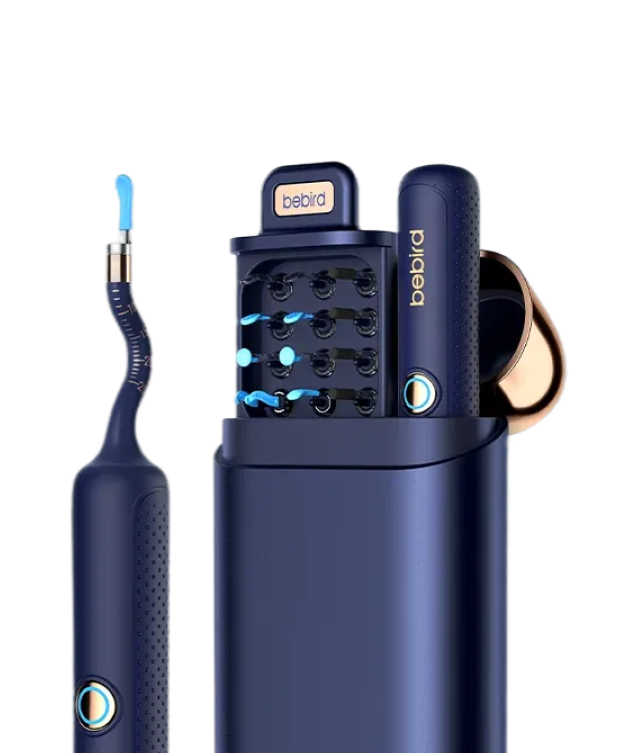Earwax, scientifically termed cerumen, is a natural substance found in our ear canals, often raising questions about its origin and purpose. In this exploration, we delve into the intricacies of earwax formation, unraveling the scientific processes that contribute to this fascinating aspect of our auditory health.
The Formation Process of Earwax
Earwax is a combination of mucous secretions and shed skin cells produced by ceruminous glands deep within the ear canal. These glands continually secrete mucous to trap dust, bacteria, and foreign particles, amalgamating them into the familiar substance known as earwax.
The Dual Functions of Earwax
Earwax serves dual purposes in ear health. Firstly, it acts as a protective barrier, preventing dust and bacteria from penetrating deep into the ear canal. Secondly, it facilitates self-cleaning; as we chew and talk, earwax naturally migrates toward the ear canal opening, dries up, and eventually flakes off.
Varieties of Earwax
Surprisingly, earwax comes in two main types: wet and dry. Wet earwax tends to be stickier and ranges in color from yellow to brown, while dry earwax is drier and brighter in appearance. These variations are largely influenced by genetic factors, and their presence does not signify significant health differences.
Normal Discharge of Earwax
Concerns often arise regarding the proper cleaning of earwax. In most cases, actively cleaning earwax is unnecessary. Natural movements such as chewing and speaking aid in its spontaneous discharge. If excess earwax is noticed, a simple warm water wash can be employed for outer ear canal cleaning, but inserting sharp objects into the ear is strongly discouraged to prevent damage.
Through understanding the formation, functions, and normal discharge process of earwax, we discover that it is an integral part of the ear’s self-defense mechanism. Maintaining a moderate amount of earwax is normal and beneficial, and when cleaning is necessary, it should be approached with caution to avoid unnecessary harm. Let us cherish this small physiological marvel and comprehend its positive contribution to ear health.















Leave a comment
All comments are moderated before being published.
This site is protected by hCaptcha and the hCaptcha Privacy Policy and Terms of Service apply.